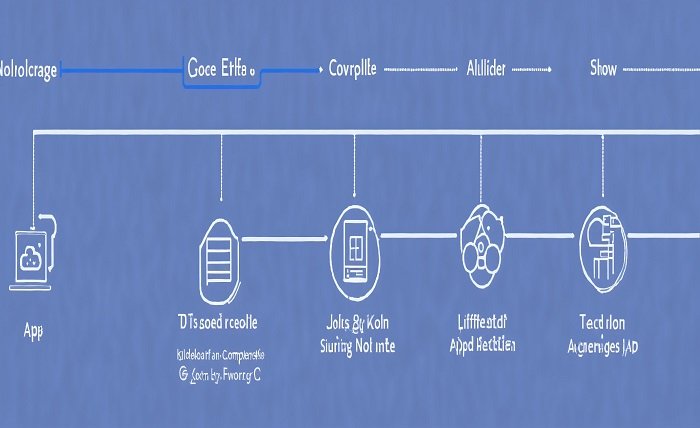Contiguous Memory Allocation in Operating Systems

Introduction
Contiguous memory allocation is a fundamental aspect of operating systems (OS) memory management. It involves allocating and managing memory in a contiguous block, which is essential for optimizing system performance. In this article, we delve into the intricacies of contiguous memory allocation, its importance, working principles, and its impact on OS functionality.
What is Contiguous Memory Allocation?
Contiguous memory allocation refers to the process of allocating memory in a sequential order. In this method, memory blocks are allocated consecutively, without any fragmentation. This ensures that the entire memory space is utilized efficiently, leading to improved system performance.
How Does Contiguous Memory Allocation Work?
In contiguous memory allocation, the OS allocates memory blocks to processes based on their size and memory requirements. When a process requests memory, the OS searches for a contiguous block of memory that can accommodate the process. Once found, the OS reserves that block for the process, ensuring that it remains contiguous.
Significance in Operating Systems
Contiguous memory allocation plays a crucial role in optimizing memory usage within an operating system. By allocating memory in contiguous blocks, the OS can reduce fragmentation and improve overall system performance. This is particularly important in real-time systems and systems with limited memory resources.
Types of Contiguous Memory Allocation
There are several types of contiguous memory allocation techniques, including fixed partitioning, variable partitioning, and buddy system allocation. Each technique has its advantages and disadvantages, depending on the specific requirements of the system.
Advantages of Contiguous Memory Allocation
One of the key advantages of contiguous memory allocation is its efficiency in memory utilization. By allocating memory in contiguous blocks, the OS can minimize fragmentation and ensure that memory is used optimally. This leads to improved system performance and responsiveness.
Challenges and Limitations
Despite its benefits, contiguous memory allocation also poses some challenges. One major challenge is external fragmentation, where free memory blocks become fragmented over time, making it difficult to allocate contiguous blocks to processes.
Contiguous Memory Allocation Algorithms
Various algorithms are used to manage contiguous memory allocation, including first-fit, best-fit, and worst-fit algorithms. Each algorithm has its characteristics and performance implications, depending on the system’s requirements and workload.
Examples of Contiguous Memory Allocation
Contiguous memory allocation is used in various operating systems, including Windows, Linux, and macOS. These systems employ different techniques and algorithms to manage memory efficiently and ensure optimal performance.
Contiguous Memory Allocation in Virtual Memory Systems
In virtual memory systems, contiguous memory allocation is essential for managing both physical and virtual memory spaces. Virtual memory management techniques, such as paging and segmentation, rely on contiguous memory allocation to map virtual addresses to physical memory locations.
Future Trends in Contiguous Memory Allocation
As computing systems continue to evolve, the demand for efficient memory management techniques will grow. Future trends in contiguous memory allocation may involve the development of new algorithms and techniques to address emerging challenges and optimize memory usage further.
Conclusion
Contiguous memory allocation is a fundamental concept in operating system design, crucial for optimizing memory usage and improving system performance. By allocating memory in contiguous blocks, operating systems can minimize fragmentation and ensure efficient memory utilization. Understanding the principles and techniques of contiguous memory allocation is essential for building robust and efficient computing systems.
FAQs
- What is the difference between contiguous and non-contiguous memory allocation?
- Contiguous memory allocation allocates memory in sequential order, while non-contiguous allocation allows memory to be allocated at different locations throughout the memory space.
- How does contiguous memory allocation impact system performance?
- Contiguous memory allocation reduces fragmentation and improves memory utilization, leading to better system performance and responsiveness.
- What are some common challenges associated with contiguous memory allocation?
- External fragmentation, where free memory blocks become fragmented, is a common challenge in contiguous memory allocation.
- What are some examples of contiguous memory allocation algorithms?
- First-fit, best-fit, and worst-fit algorithms are commonly used for managing contiguous memory allocation.
- How is contiguous memory allocation utilized in virtual memory systems?
- In virtual memory systems, contiguous memory allocation is essential for mapping virtual addresses to physical memory locations and managing both physical and virtual memory spaces.




